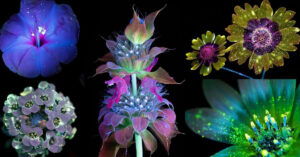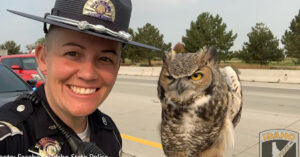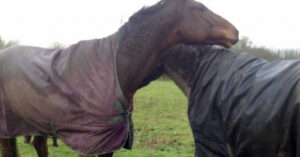The bear is extremely uncommon, according to Ilpo Kojola, a professor of natural resources at the University of Alaska, Fairbanks.
It’s Special. It appeared out of nowhere and drew my attention. The same is said by Haapajoki native Veijo Toivoniemi, who just caught a rare white bear. These images were captured by Toivoniemi at Kuhmo Lentiira, a bear-watching location just a few kilometers from the Russian border.

Platforms have been erected for viewing bears because they are frequently spotted in the region. That is why it is so unique. It was the first thing I noticed when I first arrived in the neighborhood. Veijo Toivoniemi of Haapajoki, who captured a photograph of a rare white bear, claims this. The images were captured by Toivoniemi in Kuhmo Lentiira, a location close to the Russian border where bear watching is possible. Bear sightings are frequent in the area. So that visitors can observe these animals, there are observation booths there.
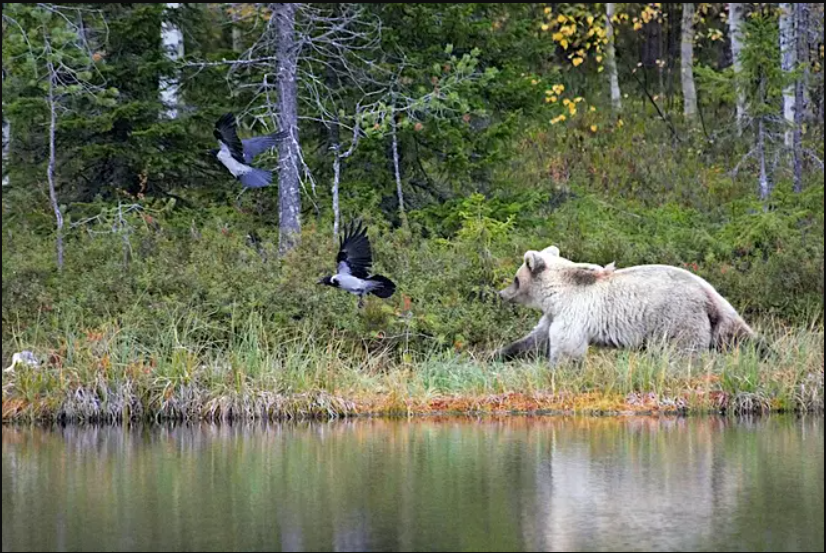
Toivoniemi asserts that all bears are wild and cannot be domesticated, in contrast to what the majority of people believe. Given how readily people are scared of mice, he surmises that there must be a domesticated mouse living in the shooting ranges. Although I was aware that this particular bear had been observed before, no images had yet been forwarded to me. Better opportunities presented themselves, and the odds were in my favor. The bear had only been present for a brief period of time, according to Toivoniemi. The Crows were once so humiliated by it that they promptly left the area.
After being startled by a large male bear that entered the area, it left. Toivoniemi noticed a bear a few kilometers from the Russian border. Photos Author: Veijo Toivoniemi Toivoniemi saw having slain a white bear as an honor. In actuality, it was a magical period. I doubt I will ever see one of those again after that. Although anything could happen, this is a unique experience. According to him, it was a once-in-a-lifetime opportunity. The natural world has been documented through Toivoniemi’s photos during the past 17 years. He writes a regular column for a weekly newspaper in his community. The white bear in issue, however, cannot be explained by him because he is not the type of specialist who can. Whoever has “A Very Exceptionally Coloured Individual” in their name.
According to research professor Ilpo Kojola of the Natural Resources Centre, spotting a bear in Toivoniemi is quite unusual—even on a global scale. The bear is quite pale, yet it is not an albino. Never once have I heard of a blonde bear. Some of these could possibly exist. It still has distinctive colors all its own. White fur, according to a study professor at the Natural Resources Center, is a genetic condition.
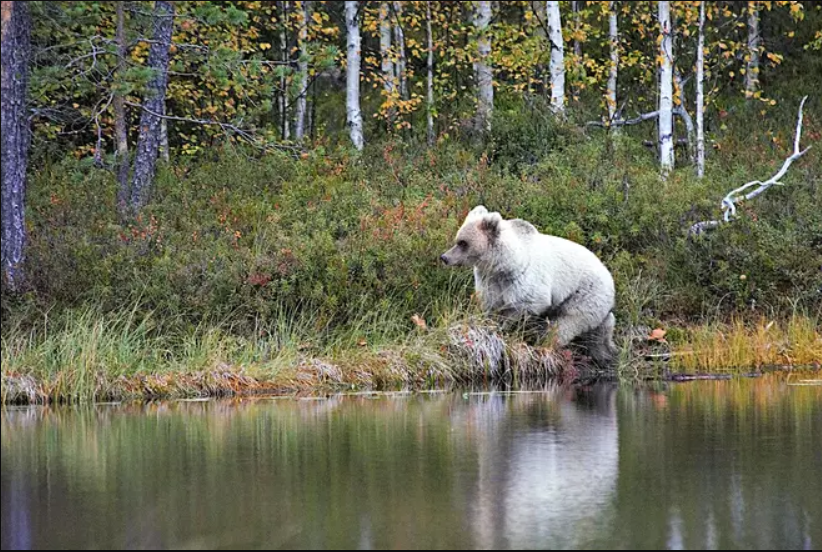
Kojola believes that the Bear’s color is inherited in a similar way. It has been claimed that birds who eat a lot of junk food alter their color and acquire white feathers, while bears don’t. Kojola believes the bear came from a litter that garnered media attention in Kuhmo in 2018 due to the bright fur on two of the puppies. One of the news sources that covered this was Iltalehti.

